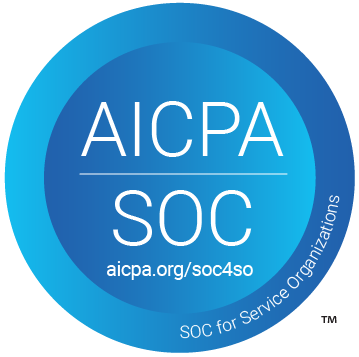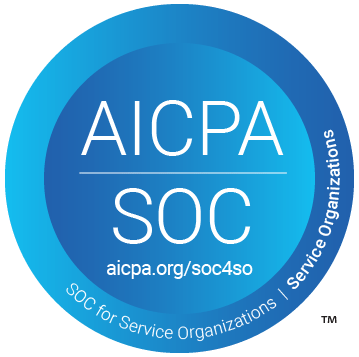Learn how to integrate Elementor Form submissions into Stackby using Pabbly Connect. This step-by-step tutorial covers all necessary actions and UI elements. Build sophisticated automated workflows in less time than you think. This guide translates complex integrations into straightforward steps for immediate implementation.
Watch Step By Step Video Tutorial Below
1. Accessing Pabbly Connect for Automation
To begin the integration process between Elementor and Stackby, you must first access Pabbly Connect. Start by visiting the Pabbly Connect website, where you can sign in or create a new account. This platform simplifies the automation process without requiring any coding skills.
After logging in, navigate to the Pabbly Connect dashboard. Here, you can create new workflows that automate tasks between different applications. Click on the ‘Create Workflow’ button to start setting up your integration.
2. Creating a Workflow in Pabbly Connect
In this section, you will create a new workflow that connects Elementor to Stackby using Pabbly Connect. Name your workflow something descriptive, such as ‘How to Add Elementor Form Submission in Stackby’. Select the appropriate folder to save your workflow.
- Click on ‘Create Workflow’
- Enter the workflow name
- Select the folder for saving
Once your workflow is created, you will see two sections: Trigger and Action. The Trigger is the event that starts the automation. Here, you will set Elementor as the Trigger application and choose ‘New Form Submission’ as the event. This setup ensures that every time a form is submitted, the workflow will be activated.
3. Connecting Elementor to Pabbly Connect
Next, you need to connect Elementor to Pabbly Connect by using a webhook URL. This URL acts as a bridge for the integration. After selecting Elementor as your Trigger application, you will be provided with a webhook URL that you must copy.
Now, go to your WordPress dashboard and locate your Elementor form. Edit the form and find the webhook settings. Remove any existing webhook URL and paste the new URL from Pabbly Connect. Don’t forget to click ‘Publish’ to save your changes.
4. Testing the Integration with Pabbly Connect
After setting up the webhook, it’s time to test the integration. Go back to Pabbly Connect and check for a message indicating that it is waiting for a webhook response. To generate this response, submit a test entry through your Elementor form.
- Fill in the test form with dummy data
- Click ‘Submit’
Once submitted, go back to Pabbly Connect to confirm that the response has been captured. You should see the test data reflected in your Pabbly Connect workflow, indicating that the connection is successful.
5. Adding Data to Stackby via Pabbly Connect
The final step involves adding the captured form data to Stackby using Pabbly Connect. Set Stackby as your Action application and choose ‘Create a Record’ as the action event. You will need to connect your Stackby account by entering the API key.
After connecting, select the appropriate workspace and stack where you want to save the data. Use the mapping feature to ensure that the form fields align correctly with your Stackby fields. This mapping allows for dynamic data entry, meaning new submissions will automatically populate the correct fields in Stackby.
Conclusion
In this tutorial, we successfully integrated Elementor form submissions into Stackby using Pabbly Connect. This automation allows for seamless data transfer, enhancing efficiency in managing customer information. With just a few steps, you can set up similar integrations to streamline your workflows.
Ensure you check out Pabbly Connect to create business automation workflows and reduce manual tasks. Pabbly Connect currently offer integration with 2,000+ applications.
- Check out Pabbly Connect – Automate your business workflows effortlessly!
- Sign Up Free – Start your journey with ease!
- 10,000+ Video Tutorials – Learn step by step!
- Join Pabbly Facebook Group – Connect with 21,000+ like minded people!






